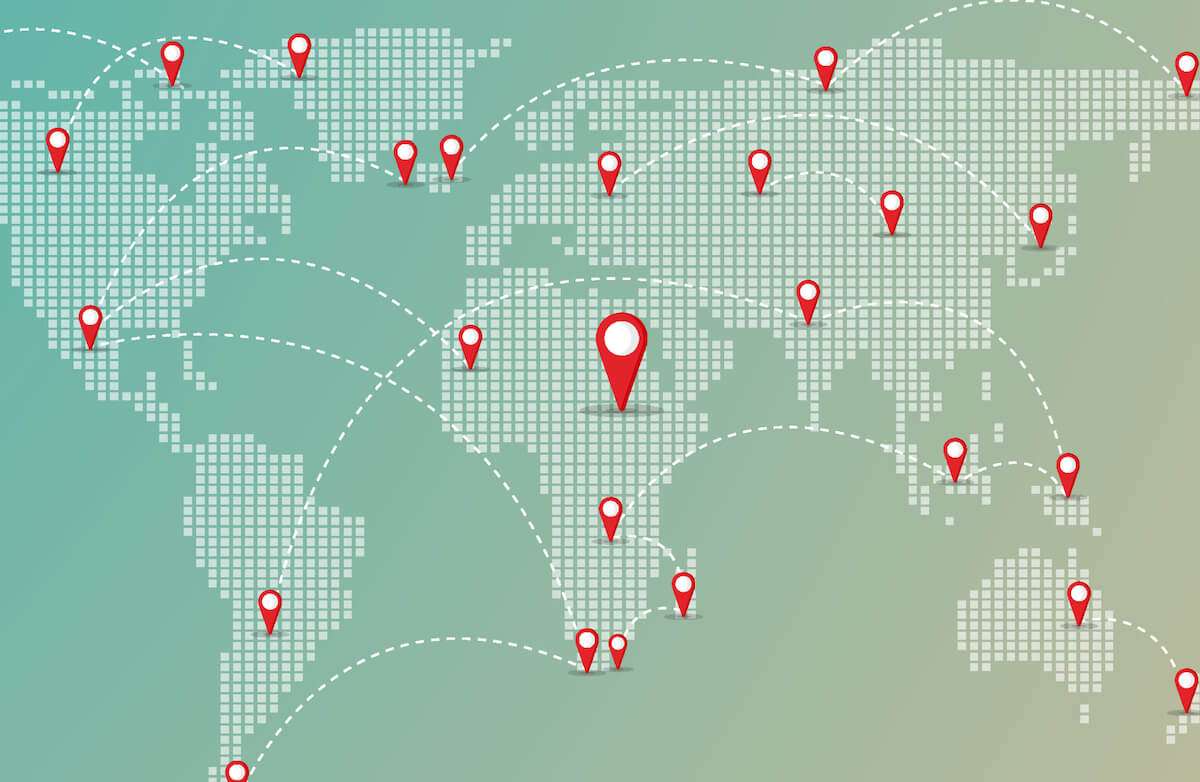ImpactAlpha, November 8 – Small businesses in advanced economies contribute to 60-70% of total industrial pollution. Yet only 9% are able to quantify their total emissions, a recent BCG survey found.
More than three-quarters of small businesses don’t know how to measure their emissions, according to a survey from Small Business Britain.
Small businesses that don’t know how to measure their greenhouse gas, or GHG, emissions, may be wondering: Where do I start? And what do I do once I have calculated my emissions? There are generally three steps in GHG measurement and management:
- Calculate. Collect relevant data (e.g., energy use, travel) to quantify your total GHG footprint.
- Reduce. Develop a strategy and take action to reduce your emissions and offset the rest.
- Scale. Track your progress over time, test new reduction strategies, and share your achievements
Measurement and management
The options in the market to support your company’s GHG measurement and management fall into three categories:
Consultants. A range of expert organizations specialize in helping businesses measure and manage their GHG footprint. Leaders include South Pole, SLR Consulting, and SustainCERT. These organizations generally serve larger businesses with dedicated budget for the consulting fees required for independent measurement and verification services. These services may be out of reach for small businesses with limited budget available for GHG measurement.
Online calculators. Free online calculators, such as the CoolClimate Network Business Calculator, provide a starting point for small businesses to estimate emissions based on information such as location and sector. These calculator methodologies often rely on broad assumptions instead of actual consumption data.
They also may not account for your company’s total emissions, including key Scope 3 emissions categories (i.e., activities from assets not owned or controlled by the business, but that the business indirectly impacts in its value chain). Without specific knowledge of emissions sources and quantities, it is difficult to develop an improvement plan and track progress.
Online spreadsheets. The Greenhouse Gas Protocol is the leading and most widely used GHG accounting standard. The GHG Protocol provides supporting calculation worksheets based on its methodology.
These tools can be complex and difficult to use for businesses with little environmental or emissions experience.
Integrated digital solution. End-to-end solutions can help companies track their performance on an interactive performance dashboard, set targets, and access expert support. Companies that are calculating their GHG emissions for the first time need an easy, affordable solution to calculate Scope 1, 2, and 3 emissions.
Proof of Impact’s GHG 360 tool is a simple, digital solution that allows clients to easily calculate their emissions based on existing data. We believe that small businesses should be able to understand their emissions, so that they can focus on executing their core missions and improving their environmental footprints.
Easily tracking GHG emissions adds direct impact and business value, including ensuring compliance with emerging regulations, securing new investments, strengthening client relationships, and enhancing sustainable marketing efforts.
Evan Vahouny is chief impact officer at Proof of Impact, a technology company that enables the real-time collection, verification, and analysis of impact and ESG data.











